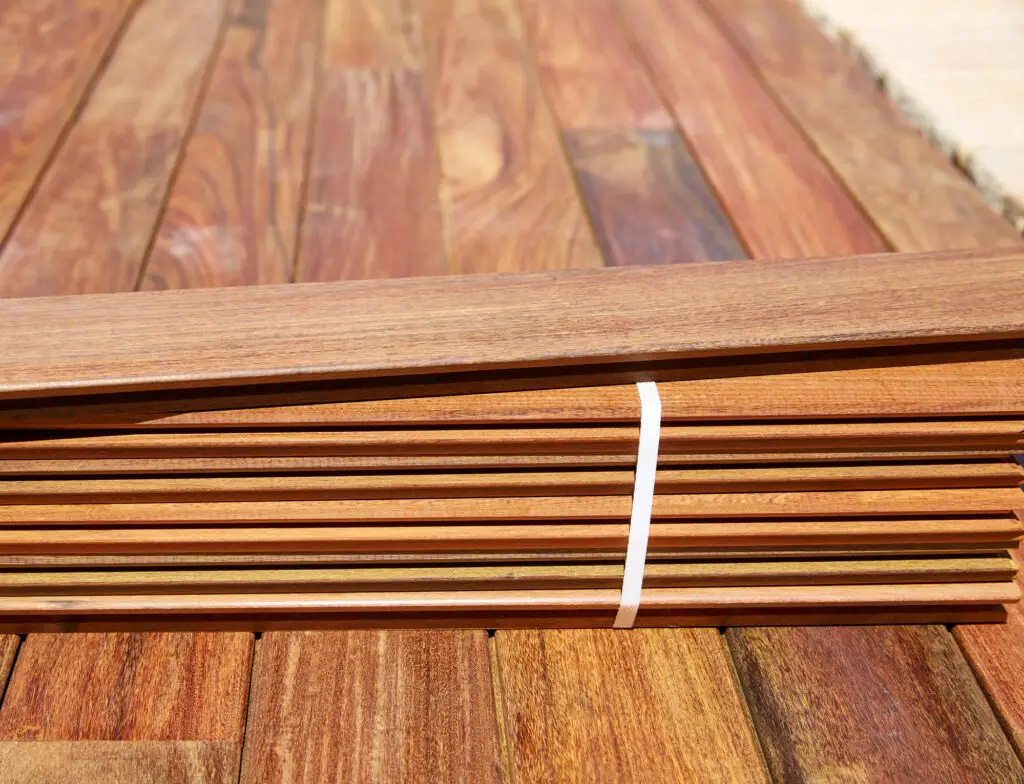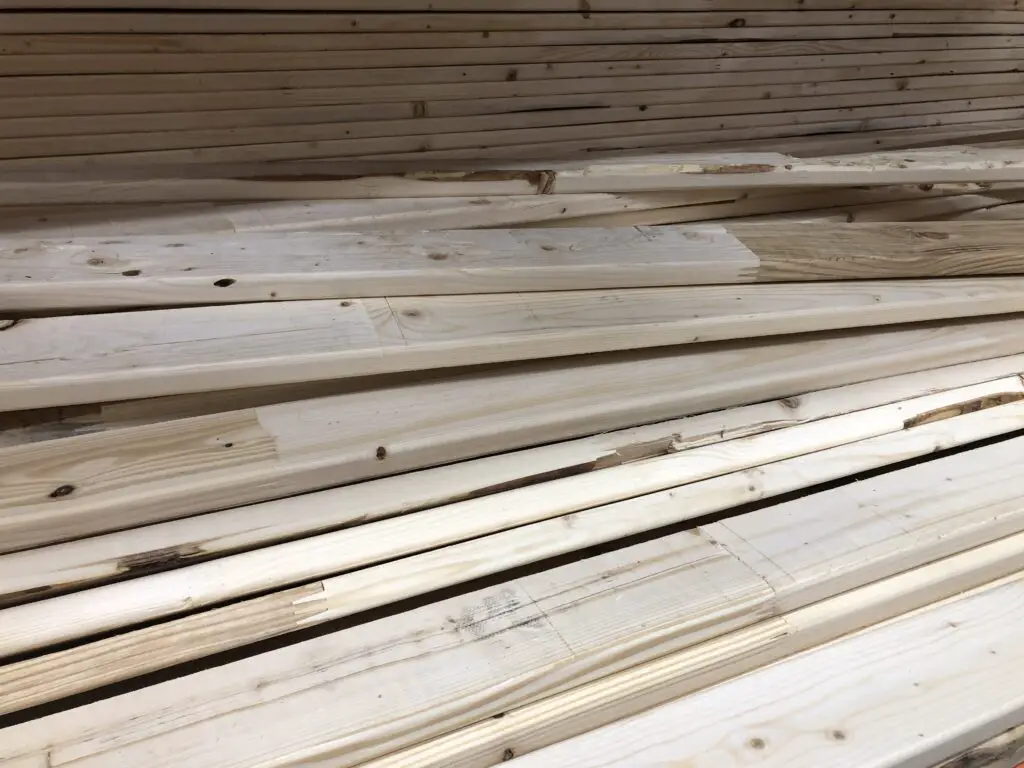Hinges seem to perplex many woodworkers. We get it: They can be troublesome if you aren’t used to working on them regularly. What you might not know is that their installation process is relatively straightforward and simple.
However, depending on how thin your wood is, using ordinary hinges will weaken the material. In this case, you can apply rivets that have better holding power.
If the material’s torque/weight is not substantial, you can use epoxy or wood glue.
In this article, we are going to look at how you can attach hinges to thin wood and how you can also use rivets and epoxy/wood glue for an even better experience:
Attaching Hinges to Thin Wood in 6 Steps
This is the standard method for installing hinges, if you are using wood that is so thin you are unable to remove a thin layer to install the hinge, no problem! Just skip this section and continue on below where we get into using rivets and epoxy.
- Score Reference Lines It would help if you started by placing your hinges where you want them on the piece of wood. Put the hinge barrel against your wood side and score a line on each side of the hinge using a marking knife. To be sure how deep you need to cut the mortise, use a combination square.
- Deepen the Reference Lines
Keeping in mind that the wood is thin, you should use the narrowest chisel. Put the chisel into the score marks and tap it lightly using a mallet. This ensures that the reference lines are deep enough. - Using a Chisel to Remove Wood
The next step will involve using a chisel to remove a thin layer of wood up to the score lines. A smaller chisel will work better for you in this case. You should ensure that you fine-tune the fit until the surface becomes even. Repeat the process until the hinge fits appropriately into its place. - Mark Mortises
To mark mortises, place thin wood in a good position and use your marking knife to score corners. These only serve as reference points to let you know where exactly to put hinges. - Cut Mortises on the Wood
Use the masking knife to score the hinge perimeter. A combination square can help you determine how deep your mortise should go. You can then use a chisel to deepen your score lines. - Drill Screw Holes
Although cutting the mortise will help to keep hinges in place, it is also essential that you drill screw holes at the center. A centering bit can help you drill the pilot holes. Using soft brass hinges, first use a steel screen to thread holes before screwing in brass ones. You must reduce friction while screwing into wood.
Using Rivets to Install hinges to Thin Wood
Depending on the thickness or thinness of your wood, normal hinge screws might lead it to weaken. This leaves us with two other options that can hold better without weakening the material. One such option is riveting, which fastens and joins two different materials permanently.
You might be wondering how rivets work. For instance, to use forges rivets:
- Locate the head of the rivet that constitutes the bearing surface.
- Insert the end that doesn’t have a head in a predrilled hole.
- Press the end in place and create another bearing surface to the side.
With pop rivets:
- Pre-drill holes through the thin woods you want to join.
- Put a rivet in your gun.
- Place the free end into the hole and apply the gun. You can use a manual gun or a pneumatic or electric trigger.
How to choose the right rivet size
There are three dimensions that you must at least consider before selecting your rivets. The dimensions indicate how you should measure a rivet:
- Rivet Diameter: It is conventionally required to put the measurements in increments of 1/32 of one inch. This can be 2/32 or 5/32.
- Maximum grip length: This represents your material’s thickness in increments of 1/16.
- Shaft or Mandrel diameter: This dimension should correspond to the size of your pop rivet gun.
Attaching Hinges to Thing Wood with Epoxy
Two-part epoxy is reputable glue known for its durability and high-performance strength. When you apply it on thin wood, it acts as a filler or sealant that hardens to offer a lasting bond.
Since it is waterproof, it is easy to clean and perfect for furniture or wooden tables. After it has cured, it can also be drilled or sanded. This is the perfect glue for thin wood projects.
Installing a hinge with epoxy is straightforward no matter how thin the wood is. So long as you’ve mixed your epoxy correctly, you can basically apply it like glue and bond the hinge to the wood.
Tips for applying epoxy on thin wood
- Clean and dry the wood surface before gluing
- Cut the syringe to your preferred thickness.
- Tilt your syringe upwards to push any excess air out of the chamber.
- Dispense the preferred amount of hardener and resin to any disposable surface.
- Mix vigorously for about 1 minute to come up with a good mix.
- Apply epoxy to the areas you are joining and gluing in a thin layer.
- Wipe excess epoxy with a clean piece of cloth. If the epoxy has already cured, you can scrap it with a knife.
The best woodworking epoxy for Binding
Loctite provides a variety of epoxy adhesives for thin wood. If you want a quick fix, use the ‘Loctite Epoxy Instant Mix 1 Minute’. This epoxy has a static nozzle that allows the resin and hardener to mix automatically. It is the fastest epoxy from the Loctite group.
You can also go for the ‘Loctite Epoxy Gel’ if you are gluing a vertical surface. This epoxy is known for having a gel-like consistency. It also has a dense texture making it ideal for bonding gaps.

